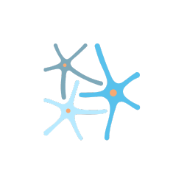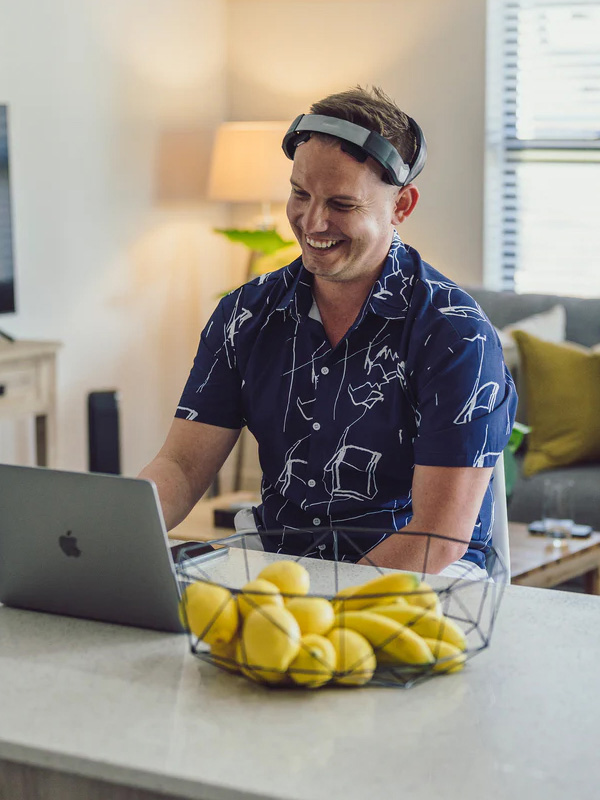tDCS Device
Platowork isn’t just a neurostimulation headset; it supports treatment for chronic, mental and neurological conditions whilst effortlessly helping you achieve peak brain performance
Get tailored treatment plants with SOZO

Explore the extensive clinical research underpinning neuromodulation techniques. A wealth of peer-reviewed scientific articles is easily accessible, with a continuous stream of new research papers emerging each year. These publications consistently reinforce the safety profiles of neuromodulation devices.
Our methodology relies on evidence-based practices designed to address precise cognitive functions linked to brain-affected diseases. Delve into the scientific literature on neuromodulation techniques with us.

Platowork harnesses the power of tDCS—a non-invasive, evidence-based neuromodulation technique that enhances neuroplasticity. By sending a low-intensity electrical current between electrodes placed on your scalp, Platowork stimulates specific brain regions.
This gentle stimulation accelerates the formation of new neural connections, improving cognitive functions such as mood, attention, memory, and motor control.


Boost your brain's ability to adapt and grow by forming stronger neural connections.

Focus on the brain areas that matter most for cognitive improvement, whether for mood regulation or learning enhancement.

Effortlessly integrate PLATOWORK into your daily routine with the intuitive PlatoApp.
The PlatoWork tDCS headset offers advanced, high-precision brain stimulation with versatile electrode placement for customizable montages. Its failsafe mechanisms ensure safety, while adjustable electrodes and tilt positions enable a wide range of clinically and scientifically significant applications.
Contact our medical team and find out how SOZO Brain Center can help with your condition.
Platowork is ideal for a wide range of users:
Individuals: Enhance your cognitive performance from the comfort of your home. Whether improving focus, memory, or mood, Platowork offers a personalized brain-boosting experience.
Professionals: Integrate tDCS into your practice with Platowork. Gain certification in the clinical applications of transcranial electrical stimulation (TES) and offer your clients cutting-edge cognitive enhancement.
Researchers: Platowork provides a flexible, high-precision tool for conducting tDCS research. Join our science collaboration program to explore new frontiers in neuromodulation.


Platowork’s tDCS technology is strongly supported by scientific evidence, with proven effectiveness in improving depressive symptoms, reducing cravings in addiction, maintaining mental health and ensuring long-term well-being.

Initial consultation is conducted by specialists of our center. The duration of this consultation is one hour. Complete medical history, complaints, anamnesis, and analysis of available medical examinations are being collected. Depending on the existing complaints, associated diseases neurophysiological examination (EEG, EMG), multifactorial clinical questionnaires and scales, assessment of neurological status are carried out. Based on the results, a primary report is compiled reflecting the study’s results along with a neuromodulation plan.

5 in-clinic sessions with 30 minutes duration for each session. Assessment of primary and possible side effects, training on How to use your device (downloading the application to your phone, setting up, step-by-step instructions for preparing and conducting a neuromodulation session) are carried out.

After finishing in-clinic sessions, the patient buys the appropriate device and continues treatment at home based on their individual neuromodulation plan, provided by our specialists.
Contact our medical team, book your appointment at SOZO Brain Center, and start your journey with PLATOWORK.
Consult your medical professional before using the Platowork device. In some cases, the manufacturer advises against the use of Platowork tDCS during pregnancy, by people under the age of 18, by individuals with epilepsy, and by people with metallic implants in their skull.